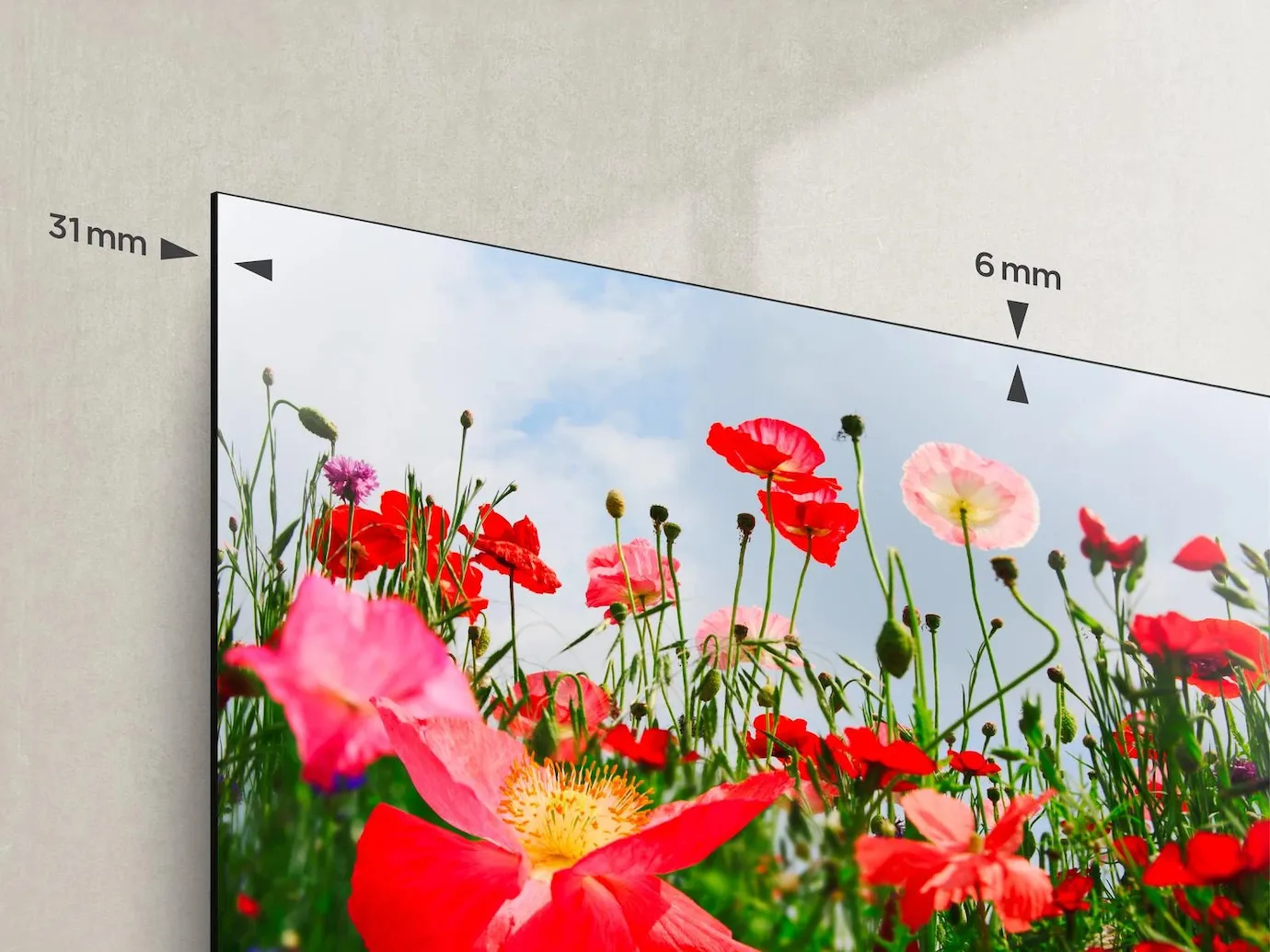







































- Resolution 256 x 192
- pixel pitch 2.5 mm
- Max. Brightness 600 cd/m²
- Aspect Ratio 4:3


Product information
The ViewSonic LDC series is an innovative, customisable all-in-one LED display that offers flexible sizes and effortless installation - all in a single solution. Combine the LDC031-250 LED cabinet to create video walls in different aspect ratios and sizes to create compelling digital signage that brings your concepts to life. The all-in-one design ensures a hassle-free installation process and intuitive operation. Thanks to Glue-on-Board (GOB) surface treatment technology, the IP54-certified LED modules offer enhanced protection against impact, dust and moisture, making them ideal for public areas such as lobbies, shopping centres and transport hubs. With its slim 31mm thickness and a detachable control box that achieves a 99% screen-to-body ratio, this premium display offers an exceptional viewing experience with elegant aesthetics. Centralised management via LAN connectivity improves operational efficiency.
Highlights:
- Adjustable screen size with all-in-one design for hassle-free installation
- Collision-proof, dustproof and moisture-proof with GOB surface treatment
- Centralised and efficient management via LAN control
- Removable system control box for minimalist aesthetics and easy access
- Ultra-slim design that blends seamlessly into any room
Ummerise the novelty
Customisable all-in-one LED display
The LDC series combines all-in-one and conventional LED display technologies and innovatively enables customised, large-format LED displays in various shapes and sizes. This ensures effortless installation and ease of use, delivering vibrant images for an enhanced viewing experience in business, commercial and public spaces.
center>
Tailor display sizes to your needs
Captivate any audience and leave a lasting impression with a display that's customised to your space and vision. Create stunning vertical, ultra-wide or unique configurations that captivate viewers in a variety of environments, from reception halls to shopping centres, transport hubs to ballrooms.
All-in-one integration for effortless installation
The LDC Series improves on traditional LED displays by integrating power, control, image stitching and display systems. This eliminates the complexity of configuring multiple systems and components, saving valuable time and effort. Simply switch on the display and it's ready to go.

Removable system control box for a minimalist exterior
The LDC Series features a removable control box that allows for an impressive 99% screen-to-body ratio and offers a high-quality, minimalist design that blends seamlessly into any décor. For even more convenience, the control box can be placed up to 10 metres away from the display, making the controls easily accessible even in hard-to-reach installations.

First-class aesthetics with ultra-slim and frameless design
Immerse yourself in breathtaking images with the high-quality, slim, frameless display of the LDC series. With its ultra-slim 31 mm design and ultra-thin 6 mm bezels, it exudes sophistication and blends effortlessly with any interior style. It is ideal for corporate lobbies, flagship stores or reception rooms and impresses audiences in a wide variety of environments.

Captivating visuals that shine bright
Experience brilliant clarity with a high brightness of 600 nits and 100 levels and a remarkable contrast ratio of 6.500:1. This display guarantees captivating, clear images even in large rooms with ambient light, such as shopping centres or hotel ballrooms. With a lightning-fast refresh rate of 3,840 Hz, it effortlessly attracts attention and underlines your brand image with a superior visual impact.

Captivate your audience with powerful audio
Deliver compelling presentations that captivate your audience. The display's two 30 W speaker sets provide powerful and clear sound.

Technical data
| Name | ViewSonic LDC031-250 P2.5 Customisable All-in-One LED Display |
|---|---|
| Article number | 1000033360 |
| GTIN/EAN | 0766907026429 |
| Manufacturer SKU | LDC031-250 |
| Model name | LDC031-250 |
| Brand | ViewSonic |
| Product Type | LED Wall |
| Technology | LED |
| Resolution | 256 x 192 |
| Diagonal | 31" |
| Aspect Ratio | 4:3 |
| Viewing angle - Horizontal | 170° |
| Viewing angle - Vertical | 170° |
| Contrast Ratio | 6,500 :1 |
| Max. Brightness | 600 cd/m² |
| pixel pitch | 2.5 mm |
| Pixel configuration | 1x red, 1x green, 1x blue |
| Inputs | 1x Ethernet , 1x USB-C , 2x USB-A , 4x HDMI |
| Outputs | 1x HDMI , 1x USB-A , 2x 3,5mm Jack |
| Features | Integrated speaker |
| Product width | 64 cm |
| Product height | 48 cm |
| Product depth | 3.1 cm |
| Weight | 6.3 kg |
| Delivery contents | Power cable |
| Condition | New |
| Warranty | 36 Month |
| Warranty type | Onsite Repair Service and support information |
Product safety
| Person responsible for the EU |
|---|
| ViewSonic Technology GmbH |
| Fürst-Leopold-Platz 1 |
| 46284 Dorsten |
| Germany |
| sales-uk@viewsonic.com |



